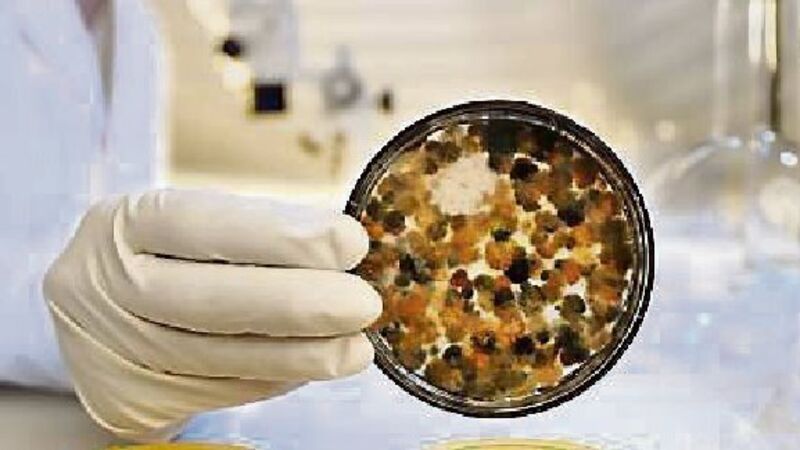Why you need fresh, clean air in your home - and how to get it

Our indoor environments can become as polluted as a city street without proper management.
The exhausts created by breathing, cooking, dust and dander, as well as off-gassing from synthetic finishes and excess chemistry in cleaning products, are carried around as a microscopic, dirty soup.








